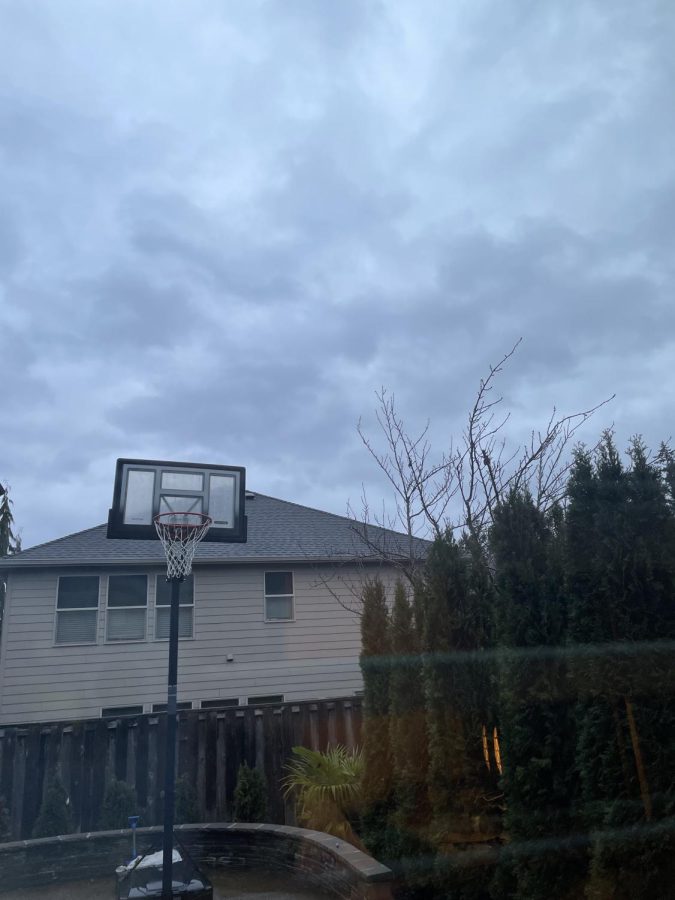Students struggle with seasonal depression
As we progress through the fall and winter season, grey skies become the new normal. This change of weather can affect the mental health of many.
Warm and sunny weather has officially come to an end in Oregon. Cold rain and gray skies have been what we have seen through the last two weeks. Though some may love the drop in temperature and flannel season, many have a difficult time getting through fall and winter.
Seasonal affective disorder, also known as SAD, begins and ends around the same time each year. Most people who experience SAD have symptoms that start at the beginning of the fall season and continue through the winter months. During that time, your energy is completely drained and you may become moody.
Preston Jeffords, senior, feels as though SAD takes a significant toll on him more in the winter than fall, “During the winter I feel like it’s worse because the fall there are pretty colors to combat it. Sometimes you can have warm weather and the sun is coming out. The winter is just cold and terrible”. Preston also mentions that it takes a huge toll on his social life; the somber aura plays a factor in everyone’s life in some way or another. This can be extremely difficult for those who thrive on social interaction.
Another WVHS student who experiences SAD is freshman Izzy, who preferred not to give her last name. She agrees that seasonal depression makes it difficult to do the things she needs to do during the day. Izzy explains that it is hard to keep up with social activities during this time, “I usually stay in my room and I don’t feel connected to the world.” Especially for students, it can be challenging to keep up the motivation to complete schoolwork and handle other extracurricular activities. All you want to do is to lay in bed and isolate yourself from the world around you.
This struggle in the fall and winter is a lot more common than you think. Seasonal affective order can be hard to get over. Fortunately, there are various treatments to help: light therapy, antidepressants, and cognitive behavioral therapy. Living in the PNW can be extremely difficult especially when it comes to the weather changes.
Just remember, mental health issues can be very challenging, but you are not alone. At school, teachers, administrators, and counselors are there to listen and, if they can’t help you directly, they can put you in touch with professionals who can.
Also, check out this handy list of resources and these self-care tips.











